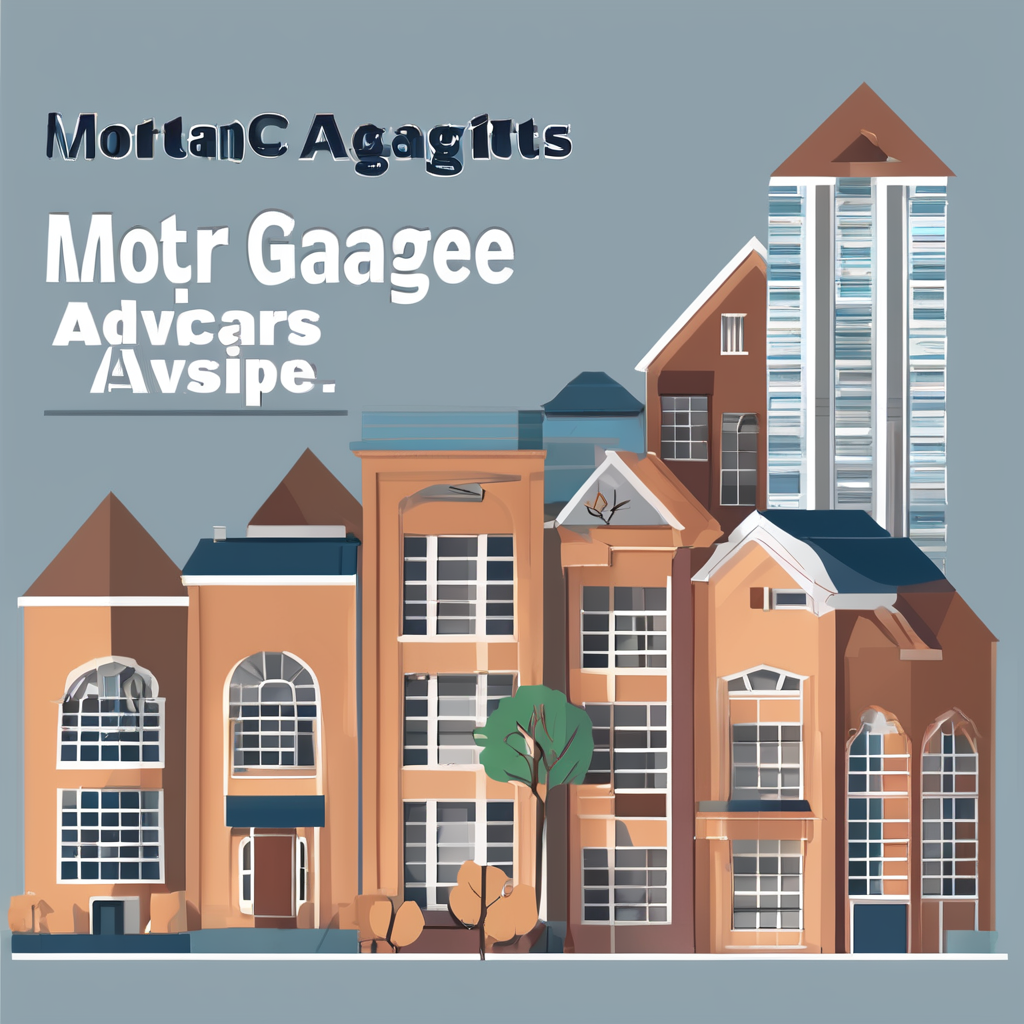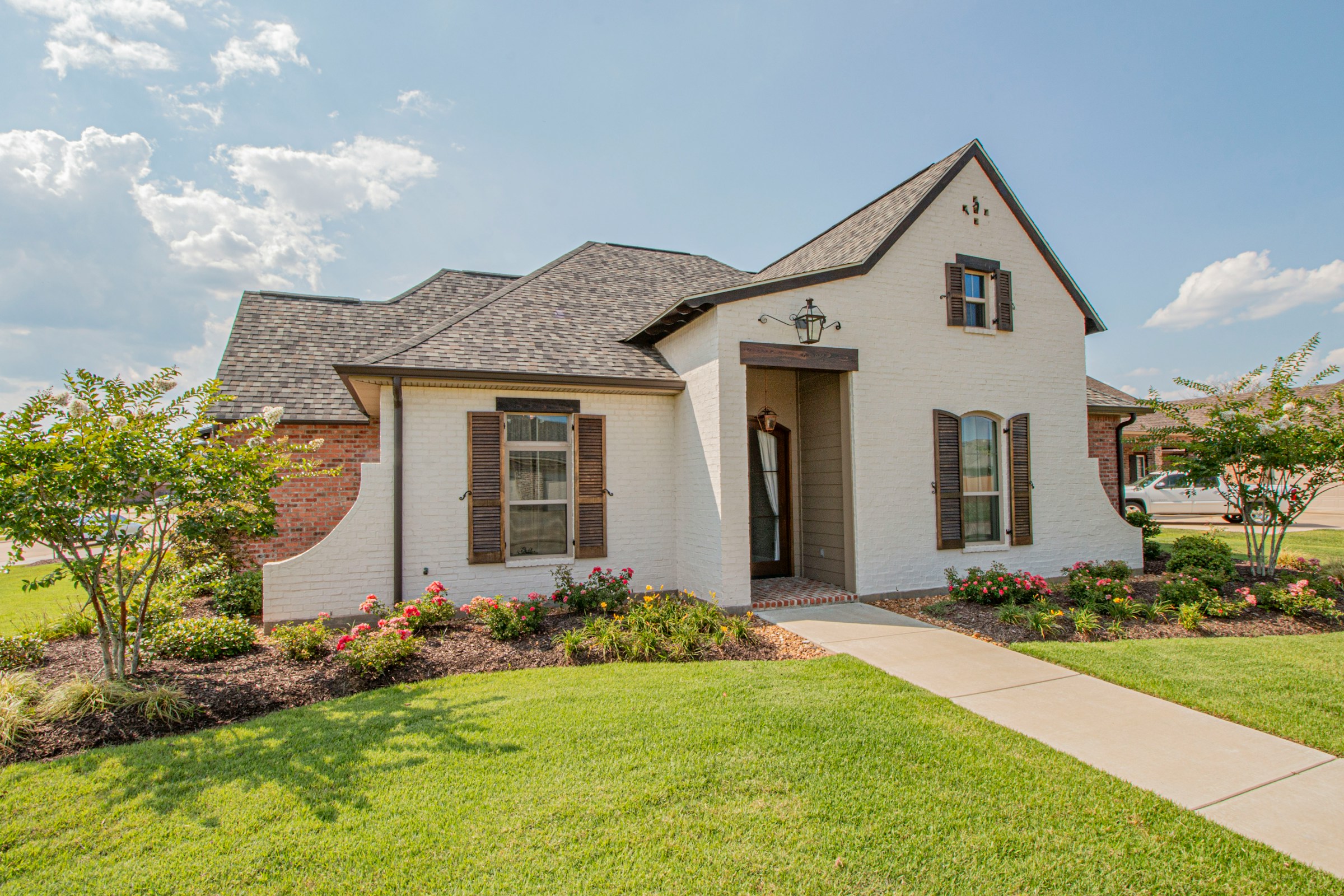As you navigate the world of real estate, you will encounter various terms and concepts that may seem confusing. Among these are freehold and leasehold properties. Understanding the distinction between these two types of ownership is crucial for any prospective property buyer or investor in the UK. This article aims to demystify these terms and provide a comprehensive guide on how they affect property investment.
Understanding Freehold Properties
When you buy a freehold property, you are purchasing the building and the land it stands on outright. This means that you are the sole owner of both the property and the land. Freehold is the more straightforward form of property ownership and is often the preferred choice for many investors.
Avez-vous vu cela : Can expats benefit from the UK’s stamp duty land tax relief?
A freeholder has the right to do as they please with the property, within the confines of the law. You can renovate, extend, or even demolish and rebuild without having to seek permission from a superior landlord. However, planning permissions may still be required for significant changes.
Freehold properties are generally houses, and it’s rare to find a flat sold as freehold. The advantage of owning a freehold property is that there are no ground rent or service charges to pay, and you won’t have to worry about the lease running out.
A lire aussi : How do local zoning laws in Liverpool affect property extension plans?
Leasehold Properties Explained
A leasehold property, on the other hand, means that you own the property, usually a flat, for a fixed term but not the land on which it stands. The right to use the property will be leased from the freeholder for a predetermined number of years, typically between 99 and 999 years.
As a leaseholder, you will have a legal agreement with the freeholder, known as a ‘lease’. This lease sets out all the terms of the leasehold agreement, including how much you, as the leaseholder, will need to pay per year in ground rent and service charges.
One significant disadvantage of being a leaseholder is that you must seek the freeholder’s permission for any major works you wish to carry out on the property. Moreover, as the lease gets shorter, the property can decrease in value, a process known as ‘leasehold depreciation’.
The cost of extending the lease can also be substantial. The longer you leave it, the more expensive it becomes, so it’s wise to extend the lease well before it drops below 80 years.
Buying a Leasehold Property: Things to Consider
When considering buying a leasehold property, it’s essential to investigate the length of the lease remaining. Properties with shorter leases can be significantly less valuable than those with longer leases, and as mentioned above, extending the lease can be costly.
The service charges and ground rent can also be high and can increase dramatically over time. It’s crucial to understand the costs associated with the property before buying. These costs are typically used to cover the maintenance of communal areas and structural repairs.
Another critical factor to consider is the freeholder. A neglectful freeholder can lead to the property’s degradation, significantly affecting its value and living conditions. Therefore, it’s advisable to research the freeholder and their reputation before purchasing the property.
Investing in Freehold Properties: Key Points to Remember
Investing in a freehold property can offer various benefits. As a freeholder, you have full control over the property and don’t have to worry about ground rent, service charges, or lease durations.
However, it’s crucial to carry out thorough checks on the property and land before purchase. Legal issues such as boundary disputes can cause significant complications. Moreover, if the property has previously been a leasehold, it’s important to ensure that the freehold has been properly transferred.
Despite being generally more expensive than leasehold properties, freehold properties can provide more security and control, making them a preferable option for many investors.
The world of property investment can be complex, with many factors to consider. Whether you choose to invest in freehold or leasehold properties, understanding the intricacies of each will arm you with the knowledge to make informed decisions on your property investment journey in the UK.
The Benefits and Drawbacks of Leasehold and Freehold Properties
Knowing the difference between leasehold and freehold properties is just the beginning of your property investment journey. Once you fully comprehend the nuances of each ownership type, you also need to consider the associated benefits and drawbacks before making your investment decision.
A significant advantage of freehold ownership is the freedom it grants. Freeholders have complete control over their property and land, without facing the periodic ground rent or service charges that leaseholders do. They also don’t need to worry about their lease running out or extend lease costs. Furthermore, freehold properties tend to enjoy a more stable market value compared to leasehold properties, whose value can depreciate as the lease shortens.
However, the liberty of freehold property comes at a higher initial cost, which can be a potential downside for some investors. There may also be legal challenges, such as boundary disputes, that can add to the long-term costs of owning a freehold property.
On the contrary, leasehold properties usually have a lower initial purchase price, making them an attractive option for first-time investors or those with a smaller budget. However, this short-term saving can be offset by the ongoing ground rent and service charges, which can increase over time. Leaseholders also face the uncertainty of leasehold depreciation, with the property losing value as the lease nears its end. Additionally, the need for permission from the freeholder for major changes can limit a leaseholder’s control over their property.
The Future of Property Ownership
The property market and the laws governing it are continually evolving. Currently, there are ongoing debates about leasehold reform in the UK, following growing discontent over escalating ground rents and unfair leasehold practices. Some propose abolishing leasehold ownership entirely, replacing it with commonhold, a system where each flat owner owns the freehold of their individual flat while also being a member of a company that owns and manages the shared areas.
Regardless of what the future holds, understanding the difference between leasehold and freehold properties is vital for anyone looking to invest in the UK property market. Both ownership types come with their benefits and drawbacks, and the choice between the two depends on your individual circumstances, financial capacity, and long-term investment strategy.
Conclusion
In conclusion, the choice between investing in freehold or leasehold properties in the UK depends on a myriad of factors. The key difference between freehold and leasehold properties lies in the ownership of the land and the period of ownership. While freehold properties offer more control and fewer ongoing costs, they also come with a higher initial investment. Leasehold properties, on the other hand, often have a lower purchase price but come with ground rent and service charges, and the value can decrease as time goes by.
Regardless of your choice, comprehension of the underlying principles of leasehold and freehold ownership is essential. It provides a solid foundation to navigate the property investment world effectively, make informed decisions, and ultimately achieve your investment goals in the UK property market.






